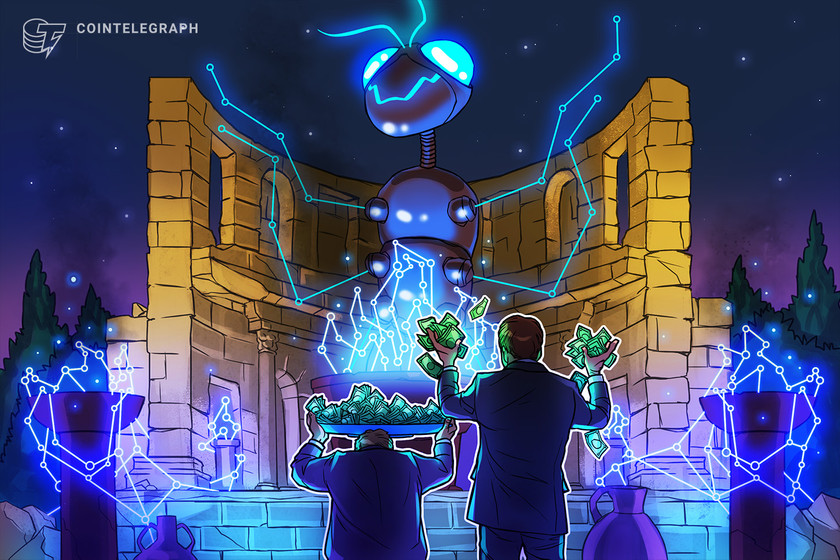
NEAR's price could extend gains following the launch of a new algorithmic stablecoin USN.
Near Protocol (NEAR) has rallied by almost 30% after announcing on April 6 that it had raised $350 million in a funding round led by Tiger Global, a New York-based hedge fund.
NEAR price eyes 100% price rally
NEAR's price reached over $19.75, just about 2.5% below its all-time high. However, many analysts agreed with the potential for the NEAR/USD pair to reclaim its best level to date, and even rise above it in the coming weeks.

Adoption remained the key focus behind the bullish predictions. For instance, Zoran Cole, the founder of the popular Telegram group Crypto Insiders highlighted that Near Protocol will announce the launch of its own native algorithmic stablecoin called USN as early as April 20.
The stablecoin will reportedly use a Terra-like native token burn mechanism to maintain the U.S. dollar peg, effectively reducing NEAR supply.
Additionally, as Cole asserted in his investment thesis, Near will offer stakers an annual percentage yield of around 20%, thus incentivizing DeFi capital rotation toward its pools and boosting NEAR's demand simultaneously.
2/ $USN by @NEARProtocol : https://t.co/kHNqXVuTSJ
— Do Kwon (@stablekwon) April 8, 2022
"This will lead to a comparison of Near to Terra as the narrative for attractive stablecoin yields proliferates," he noted, adding:
"Terra currently has a market capitalization of approximately $40 billion while Near sits at $10 billion. The catalysts above will strengthen Near’s fundamentals in both the short and long term and likely cause its market capitalization to appreciate by 100% at minimum over the next few months."
Slim Trady, a pseudonymous market analyst, also expects NEAR to reach new all-time highs, noting that there is "no substantial resistance left" on the coin's chart that could cap its upside moves.
Don't act like nobody told ya about $NEAR.
— Slim Trady - non giver of ICP (@TradySlim) April 7, 2022
Patience. That's all you've ever needed in this market.
New ATHs are very #NEAR...teehee.
✍️✅ https://t.co/M2QdtXvdE7
NEAR Coinbase listing near?
Despite being in the top-20 crypto assets by market capitalization, NEAR remains listed only on a few crypto exchanges, including Binance, Huobi, KuCoin, and Upbit, limiting its exposure, especially in voluminous markets like the U.S.
Related: Terra buys $200M in AVAX for reserves as rival stablecoins emerge
But Kole noted that Coinbase, one of the leading U.S.-based crypto exchanges, will list NEAR on its platform "in the next couple of months," noting that it would help boost the coin's retail visibility.
"This also paves the way for Near NFTs to be integrated into Coinbase’s upcoming NFT marketplace.
FTX, a crypto exchange headed by Sam Bankman-Fried, could also list NEAR pairs given its investment arm FTX Ventures being one of the backers in Near Protocol's latest $350 million funding rebound.
Price levels to watch
From technical perspective, NEAR now eyes a run-up toward its current record high above $20.50.

A decisive break above the level, which coincides with the 1.0 FIb line of the Fibonacci retracement graph, drawn from $20.78-swing high to nearly $6-swing low, could have NEAR eye $29.70 as its next upside target.
Conversely, a pullback risks putting NEAR's price en route below its interim support near $17.55, with the next downside target at around $15.
The views and opinions expressed here are solely those of the author and do not necessarily reflect the views of Cointelegraph.com. Every investment and trading move involves risk, you should conduct your own research when making a decision.




















